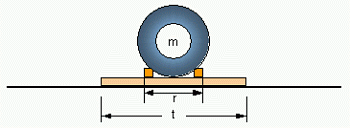
Figure 15: Beam with linear load and linear support
The required section modulus results
| for timber beams: |  |
| for steel beams: |
In this load case the effective length t must be limited against r, because a too long beam would lift its ends off the ground and would no longer transfer the load fairly evenly to the ground. For this limitation the following rules of thumb are given:
Timber beams 10 x 10 cm: tmax = (1.2 · r + 0.8) m, but not more than (r + 1.0) m
Timber beams 15 x 15 cm: tmax = (1.2 · r + 1.5) m, but not more than (r + 2.0) m
Timber beams 20 x 20 cm: tmax = (1.2 · r + 2.0) m, but not more than (r + 3.0) m
Steel beams 12 x 12 cm: tmax = (1.2 · r + 3.0) m, but not more than (r + 4.0) m
Steel beams 14 x 14 cm: tmax = (1.2 · r + 3.2) m, but not more than (r + 4.2) m
Steel beams 16 x 16 cm: tmax = (1.2 · r + 3.4) m, but not more than (r + 4.4) m
Steel beams 18 x 18 cm: tmax = (1.2 · r + 3.6) m, but not more than (r + 4.6) m